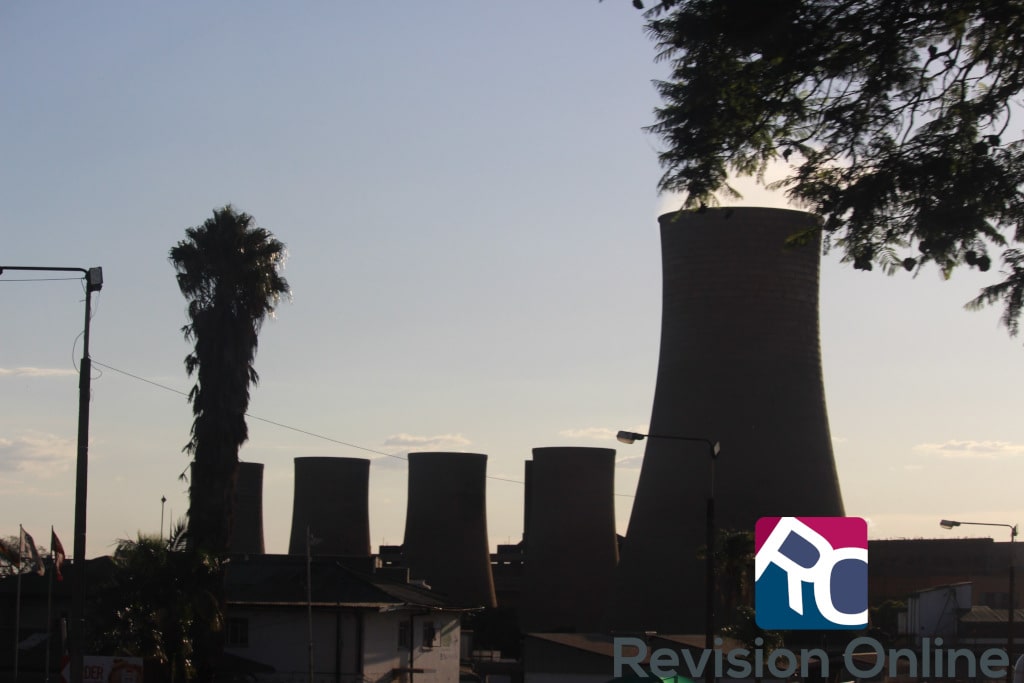So we have published an article showing the proposed power cut schedule for Harare. While that is not yet official you can expect some sort of power cutting timetable is coming soon has ZESA has now officially given the public notice of this.
In their notice to the public, they basically blame a number of things for causing a reduction in their power generation capacity. This includes reduced water levels in the Zambezi River due to the latest drought and old equipment.

Background
The electricity supply situation in the country has been very stable over the past few years following the expansion of Kariba Hydro Power Station with the addition of 300MW to the national grid.
Water Supply Situation
However, the low rainfall season for the year 2018 and 2019 has led to low water inflows into Lake Kariba. Whilst normal generation has been subsisting up to now, the Zambezi River Authority (ZRA) has reduced water allocation to the Zimbabwe Power Company (ZPC) from 19 Billion cubic meters to 16 billion cubic meters for 2019. This is to enable the plant to be operational until the next rainy season.
To this end, the electricity generation at Kariba Power Station will thus to be reduced to an average of 358MW from the planned average of 542MW as a direct result of this water allocation reduction and this has led to a power supply gap. The water supply situation, and thus generation at Kariba, will be reviewed as the year progresses.
Generation at Hwange Power Station and the Small Thermal power stations of Harare, Bulawayo and Munyati remains fragile due to old age.
Every effort is being directed to improve the generation capacity to ensure that supply disruptions are kept at a minimum.
Customers are advised to switch off all non-essential load in the interest of maintaining a balance between the supply of power available and demand, in order to ensure the stability of the grid during morning and evening peak periods.
Large power users are also requested to reduce their power demand during the morning and evening peak periods of 5 am to 10 am and 5 pm to 10 pm respectively.
In the event that this supply and demand equilibrium is not maintained, the power utility would have no choice but to curtail some loads to restore grid stability.



